Taking care of ourselves is essential to maintain physical, mental, and emotional well-being. While many self-care practices focus on the face, body, and mind, it’s important not to neglect our feet.
In this article, we’ll explore the benefits of foot massage and why it should be a regular part of your self-care routine.
Benefits of Foot Massage
1. Relieves stress and promotes relaxation
After a long day, our feet often bear the brunt of the stress and tension we accumulate. Foot massage is an excellent way to unwind and relax. The gentle kneading, rubbing, and pressing of the feet help release tension, reduce anxiety, and promote an overall sense of calm.
2. Improves blood circulation
Foot massage stimulates blood flow, which is crucial for healthy circulation throughout the body. By improving blood circulation, foot massage can help deliver oxygen and essential nutrients to the tissues and organs, aiding in their optimal functioning.
3. Alleviates foot pain and discomfort
Whether caused by standing for extended periods, wearing uncomfortable shoes, or certain medical conditions like plantar fasciitis, foot pain can be debilitating. Regular foot massage can help alleviate pain, reduce inflammation, and improve flexibility in the feet, providing much-needed relief.
4. Boosts immune system
Did you know that foot massage can have a positive impact on your immune system? The pressure points on the feet connect to various organs and systems in the body. By stimulating these points through massage, you can enhance the functioning of the immune system, helping to ward off illnesses and infections.
5. Enhances sleep quality
If you struggle with sleep issues, incorporating foot massage into your bedtime routine can be highly beneficial. The relaxation induced by foot massage promotes better sleep quality, allowing you to drift off more easily and experience a more restful slumber.
Techniques and Tools for Foot Massage
Now that we understand the benefits, let’s explore some techniques and tools for foot massage.
1. Self-massage techniques
You can easily incorporate foot massage into your self-care routine at home. Here are a few techniques to try:
- Rolling technique: Use a tennis ball or a massage roller to roll your foot back and forth, applying gentle pressure. This helps relieve tension and tightness in the muscles.
- Thumb pressure: Use your thumbs to apply firm but gentle pressure to specific points on your foot. Start from the base of the toes and move towards the heel, focusing on any areas of discomfort or tension.
- Kneading technique: Use your hands to knead the muscles of your foot, applying circular motions and gentle pressure. This technique helps release knots and promotes relaxation.
2. Professional massage tools
If you prefer a more specialized foot massage, you can consider using professional massage tools such as:
- Foot massager: Electric foot massagers are designed to provide various massage techniques, including kneading, rolling, and air compression. They offer convenience and a targeted massage experience.
- Massage rollers: These handheld tools have small, textured rollers that you can roll over your foot to target specific areas. They are portable and easy to use.
Incorporating Foot Massage into Your Self-Care Routine
Now that you know the techniques and tools available, let’s discuss how to incorporate foot massage into your self-care routine effectively.
1. Creating a dedicated foot massage space
Designate a comfortable and quiet space where you can focus on your foot massage. Set up a cozy chair or cushion, play soothing music, and create a calming atmosphere to enhance relaxation.
2. Setting aside time for foot massage
Allocate a specific time in your daily or weekly routine for foot massage. Treat it as an essential self-care practice and prioritize it just like you would with any other self-care activity.
3. Exploring additional self-care practices
While foot massage is beneficial on its own, you can enhance its effects by combining it with other self-care practices. Consider incorporating stretching exercises, meditation, or aromatherapy to create a comprehensive self-care routine.
Choosing the Right Foot Massage Techniques
Now that you have an understanding of foot massage and how to incorporate it into your routine, let’s explore different foot massage techniques.
1. Reflexology
Reflexology is based on the belief that specific points on the feet correspond to different organs and systems in the body. By applying pressure to these points, reflexology aims to promote overall well-being and balance.
2. Swedish massage
Swedish massage involves long, flowing strokes, kneading, and circular motions. It focuses on relaxing the muscles and improving circulation, making it an excellent choice for a full foot massage experience.
3. Shiatsu massage
Originating from Japan, Shiatsu massage involves applying pressure to specific points along the body’s energy pathways, known as meridians. It can help alleviate pain, reduce tension, and promote relaxation.
4. Hot stone massage
Hot stone massage incorporates the use of heated stones placed on specific points of the feet. The heat helps relax the muscles, allowing for deeper pressure and enhanced relaxation.
Tips for an Effective Foot Massage
To ensure an effective foot massage experience, consider the following tips:
1. Start with clean feet
Before beginning the massage, wash your feet thoroughly to remove any dirt or sweat. This ensures a hygienic and pleasant experience.
2. Use a suitable massage oil or lotion
Apply a small amount of massage oil or lotion to your hands and feet to reduce friction and enhance the gliding motions during the massage. Choose an oil or lotion that suits your preferences and skin type.
3. Apply the right amount of pressure
Everyone has different pain thresholds and preferences when it comes to pressure. Adjust the pressure according to your comfort level, and communicate with your massage therapist or adjust it yourself during self-massage.
4. Focus on different areas of the foot
Explore different areas of the foot, including the arches, heels, and balls of the feet. Each area holds tension and can benefit from specific massage techniques.
Precautions and Contraindications
While foot massage is generally safe and beneficial, there are a few precautions to keep in mind:
-
Certain medical conditions
If you have any medical conditions such as diabetes, neuropathy, or circulatory disorders, consult with your healthcare provider before incorporating foot massage into your routine.
-
Pregnancy
Pregnant women should exercise caution during foot massage, especially during the first trimester. Consult with a qualified prenatal massage therapist for guidance and avoid applying pressure to certain points that may stimulate contractions.
-
Open wounds or infections
If you have any open wounds, cuts, or infections on your feet, it’s best to avoid foot massage until they have healed. Massaging the affected areas may worsen the condition or introduce bacteria.
Conclusion
Incorporating foot massage into your self-care routine offers numerous benefits for your overall well-being. It helps relieve stress, improves circulation, alleviates foot pain, boosts the immune system, and enhances sleep quality. By using self-massage techniques or professional tools, you can experience the benefits of foot massage at home. Remember to choose the right techniques, set aside dedicated time, and explore other self-care practices for a comprehensive self-care routine.
FAQs
-
Can I give myself a foot massage?
Answer: Absolutely! Self-massage techniques can be easily learned and practiced at home. You can find tutorials online or consider attending a workshop to enhance your skills.
-
How often should I incorporate foot massage into my routine?
Answer: The frequency of foot massage depends on your personal preferences and needs. You can start with a few times a week and adjust based on how your body responds.
-
Are there any side effects of foot massage?
Answer: Foot massage is generally safe and well-tolerated. However, some people may experience slight soreness or tenderness after an intense foot massage session. This usually subsides within a day or two.
-
Can foot massage help with conditions like plantar fasciitis?
Answer: Foot massage can provide relief from the symptoms of plantar fasciitis, such as foot pain and inflammation. However, it’s essential to consult with a healthcare professional for a comprehensive treatment plan.
-
Can I use essential oils during foot massage?
Answer: Yes, you can incorporate essential oils into your foot massage routine. Dilute a few drops of essential oil in a carrier oil before applying it to your feet for a soothing and aromatic experience.

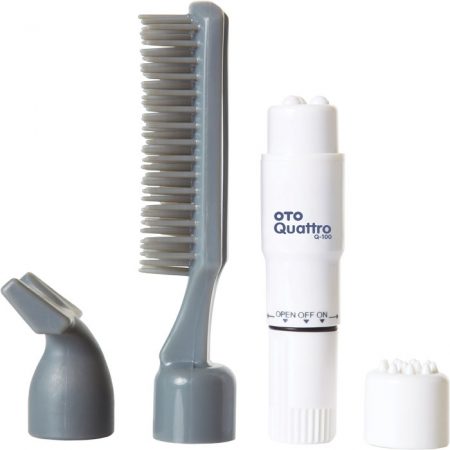
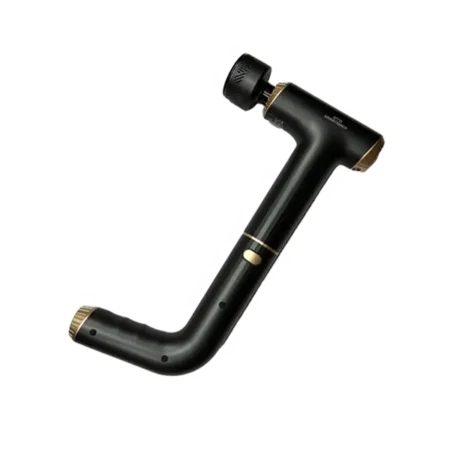

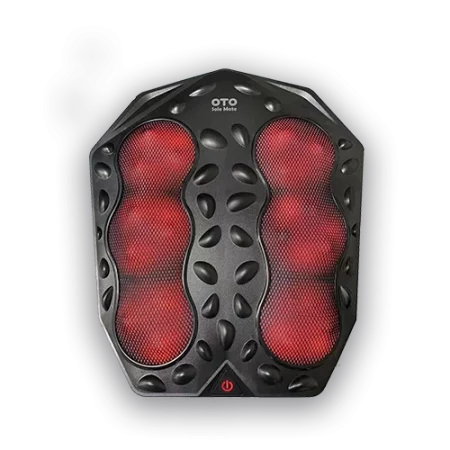
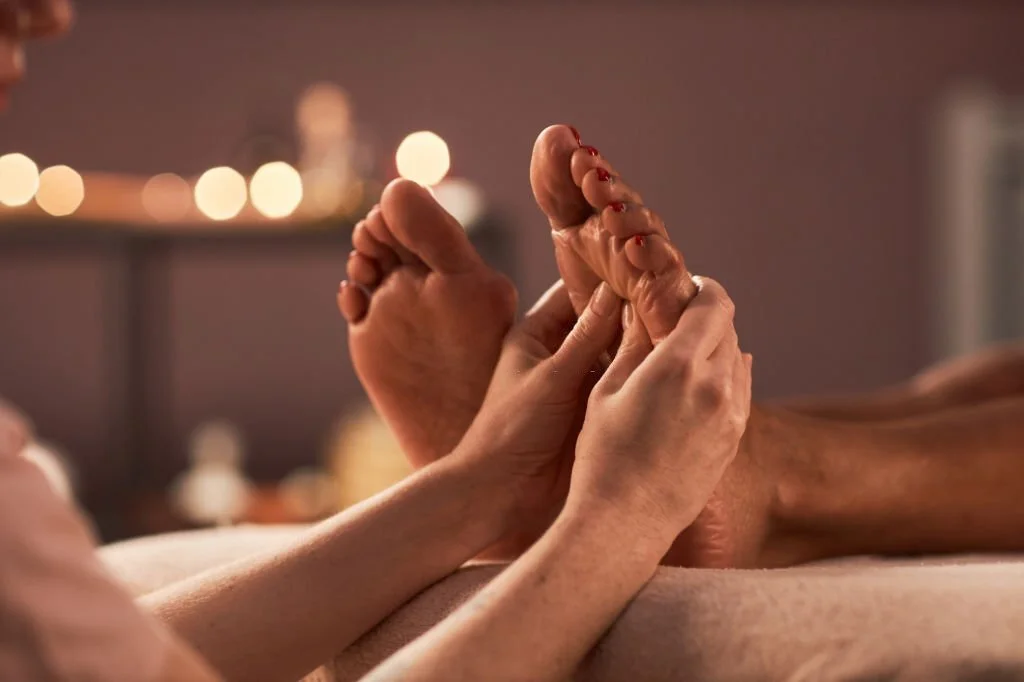

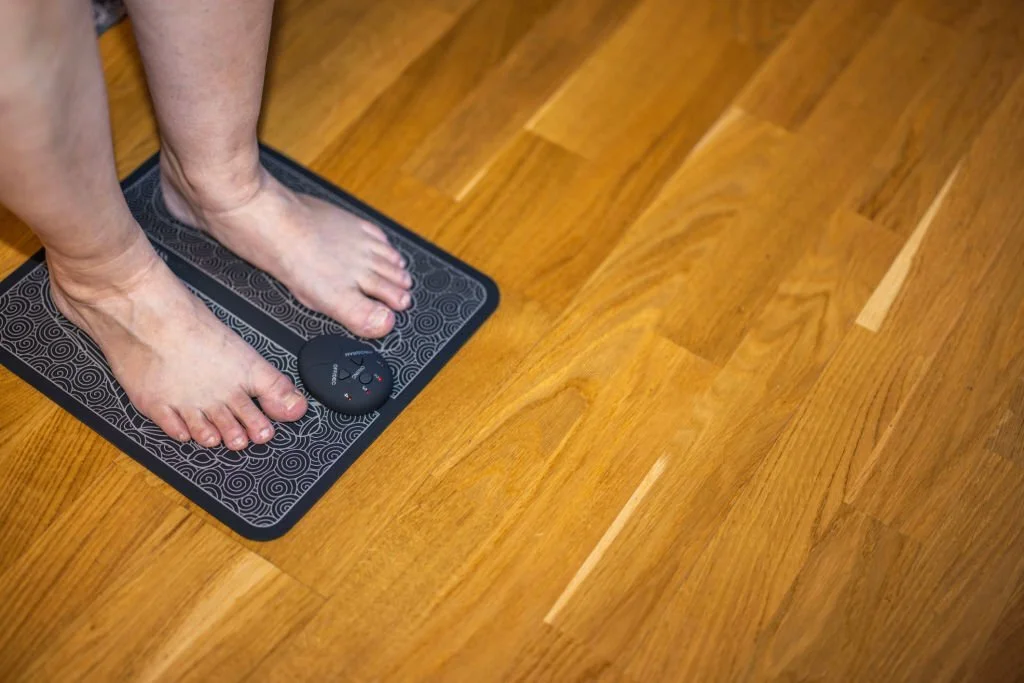
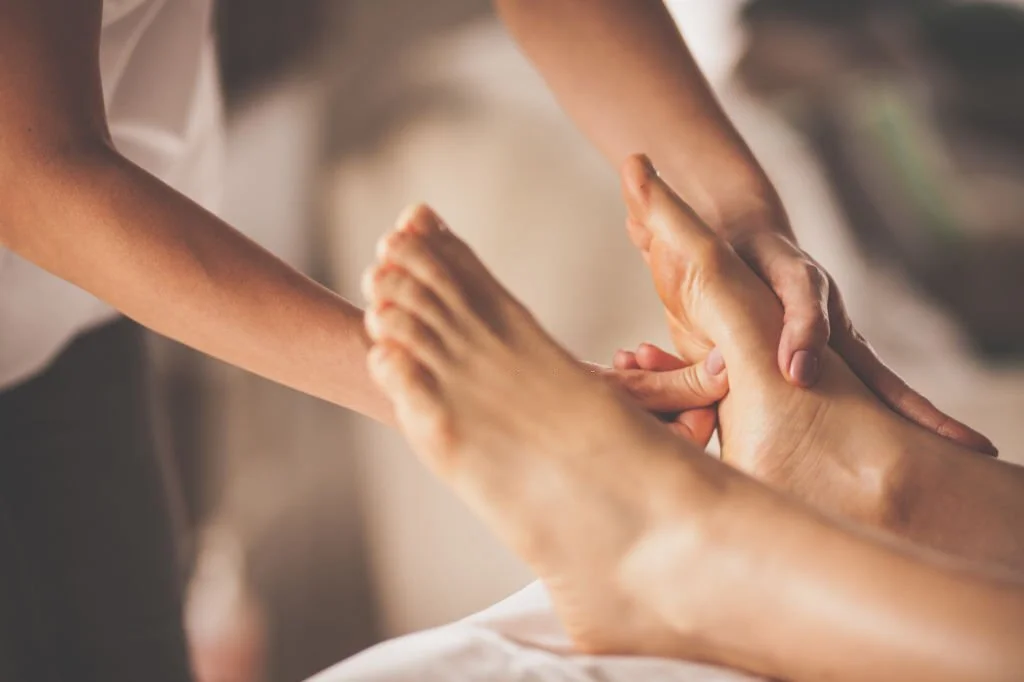
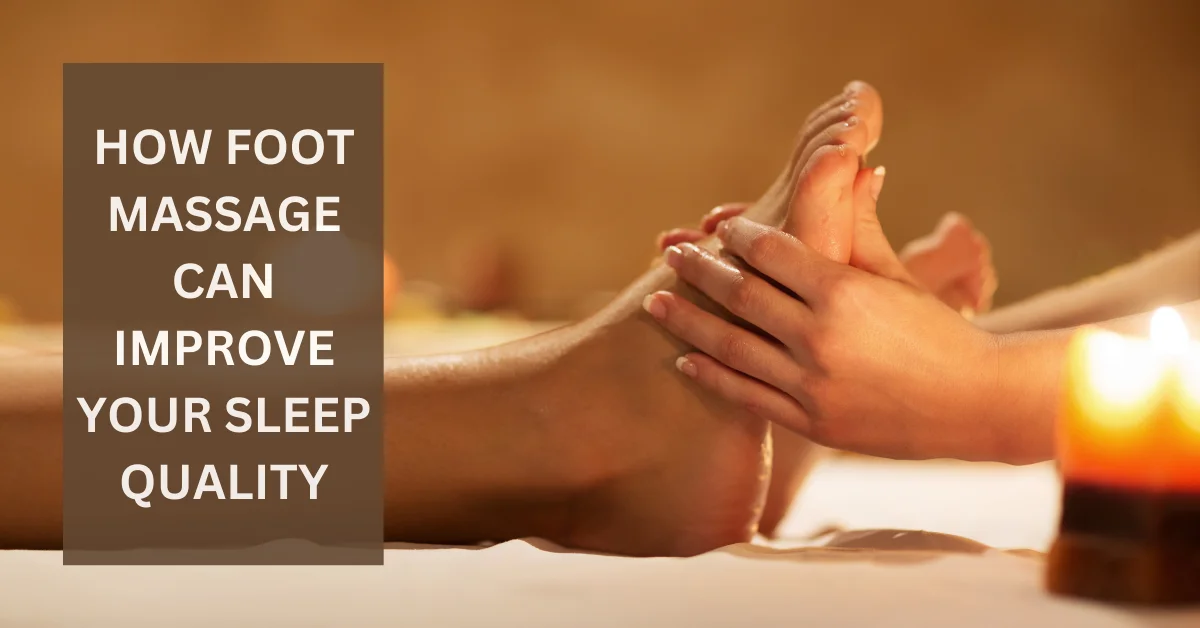

Leave a comment